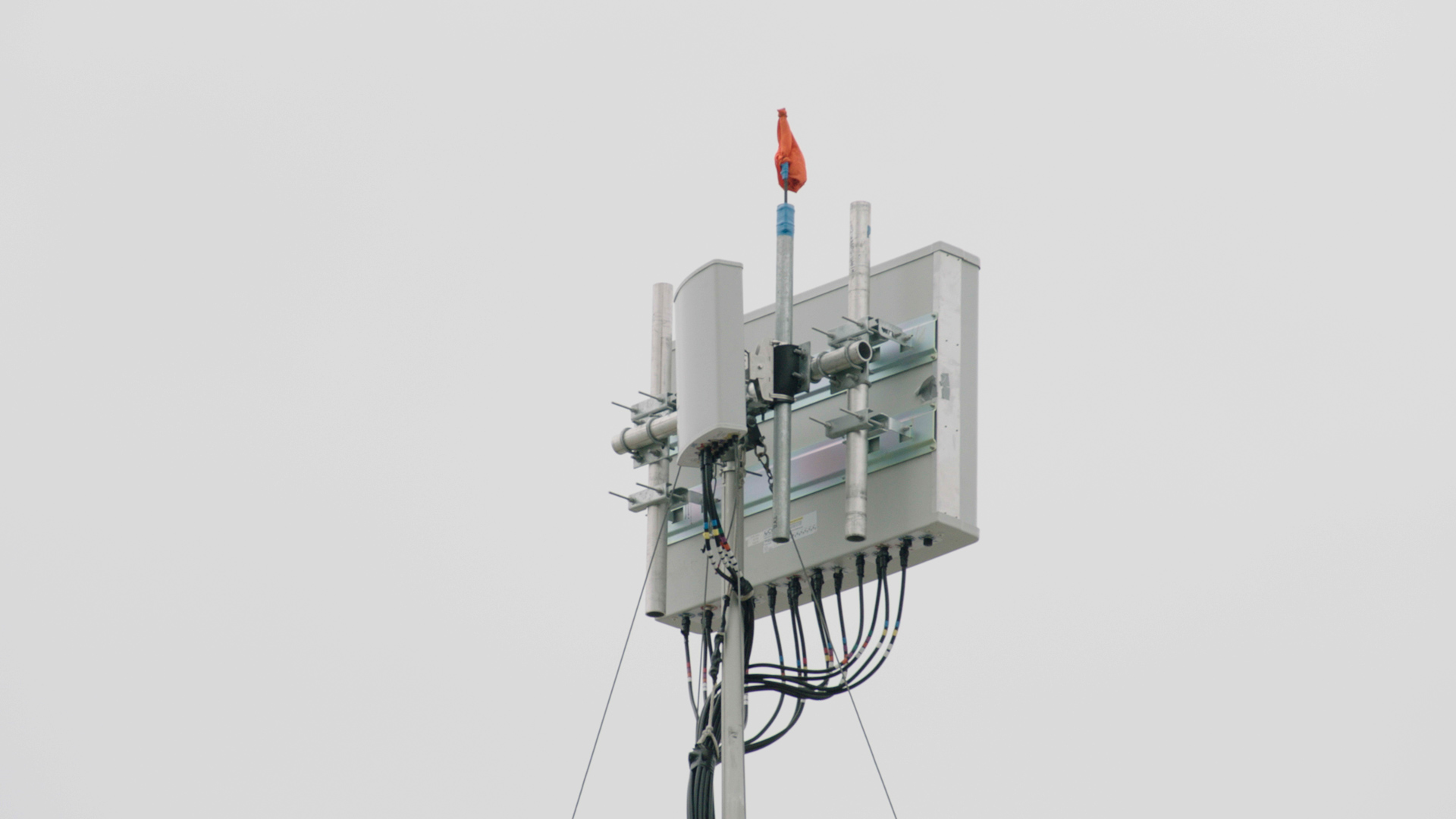Imagine you are at a busy park and someone starts talking through a megaphone. Everybody around you can hear them too. Now, let’s say this same person finds a way to speak only to you in the middle of the same crowd, like there was a private line connecting you both. Impossible for anyone else to know what is being said, right?
This hypothetical situation above is similar to what would happen if – or when – we migrate from 4G or WiFi to communication in the Terahertz band: Because it is such a high frequency, beaming also has to be directional. However, unlike what one might assume, securing a Terahertz network has proved more challenging than expected.
“In order for someone to hear something in a directional broadcast [using Terahertz], there has to be some signal going in that given direction,” said Daniel Mittleman, Professor of Engineering at Brown University in the United States. Still, he continued, “that doesn’t mean eavesdropping is impossible.”
In 2018, his team partnered with researchers from Rice University in an experiment to test whether it would be possible to access a transmission in Terahertz frequencies without letting the receiver notice the eavesdropping. They placed a metal cylinder in different locations between a sender (who they called “Alice”) and a receiver (“Bob”) and measured how much data could be scattered to another receiver without noticeable interference in the signal getting to Bob.
The animation below, based on an article published in Nature, illustrates how the experience worked:

The article found that eavesdropping was successful in every frequency tested (100 GHz, 200 GHz, and 400 GHz). Out of 42 configurations, the researchers received scattered signal without affecting “Bob” on ten occasions, a 23.8% rate.
“You can definitely say eavesdropping is more challenging but not impossible, and a clever eavesdropper can still make it work. [However] the eavesdropper has to use a different sort of strategy. For example, to move over and position themselves between the transmitter and the intended receiver, so that they are in the same direction,” Mittleman explained.
If it is more difficult for an eavesdropper to intercept the signal without being noticed, it is equally complex to detect when they succeed. And while encryption can always provide help securing the communication, Mittleman seeks answers for the initial steps: What could be done to prevent such attacks?
“If the broadcaster [“Alice”] can look for changes in the signal that is backscattered straight back towards them, they might see that there is something scattering the beam […] So the broadcast should also have a receiver. That tells you that the hardware must be different [for Terahertz communication],” the professor pointed out.
That solution would not make much sense in a transmission via WiFi, according to him, because the broadcast is wider in lower frequencies, which means there will always be something in its way to scatter the signal – a tree or a building, for instance. But it could work for Terahertz communication.
However, more advancements will be achieved in the coming years. According to Mittleman, even though the use of Terahertz frequencies is not a new field of study, researchers have been taking it seriously just recently.
“This issue of security has been fun [to address] because it is a nice example to understand why Terahertz is important. Not only why it’s important, but why Terahertz wireless security is such a different question from others that people have been asking for decades,” he summarised. “It’s a new question.”







